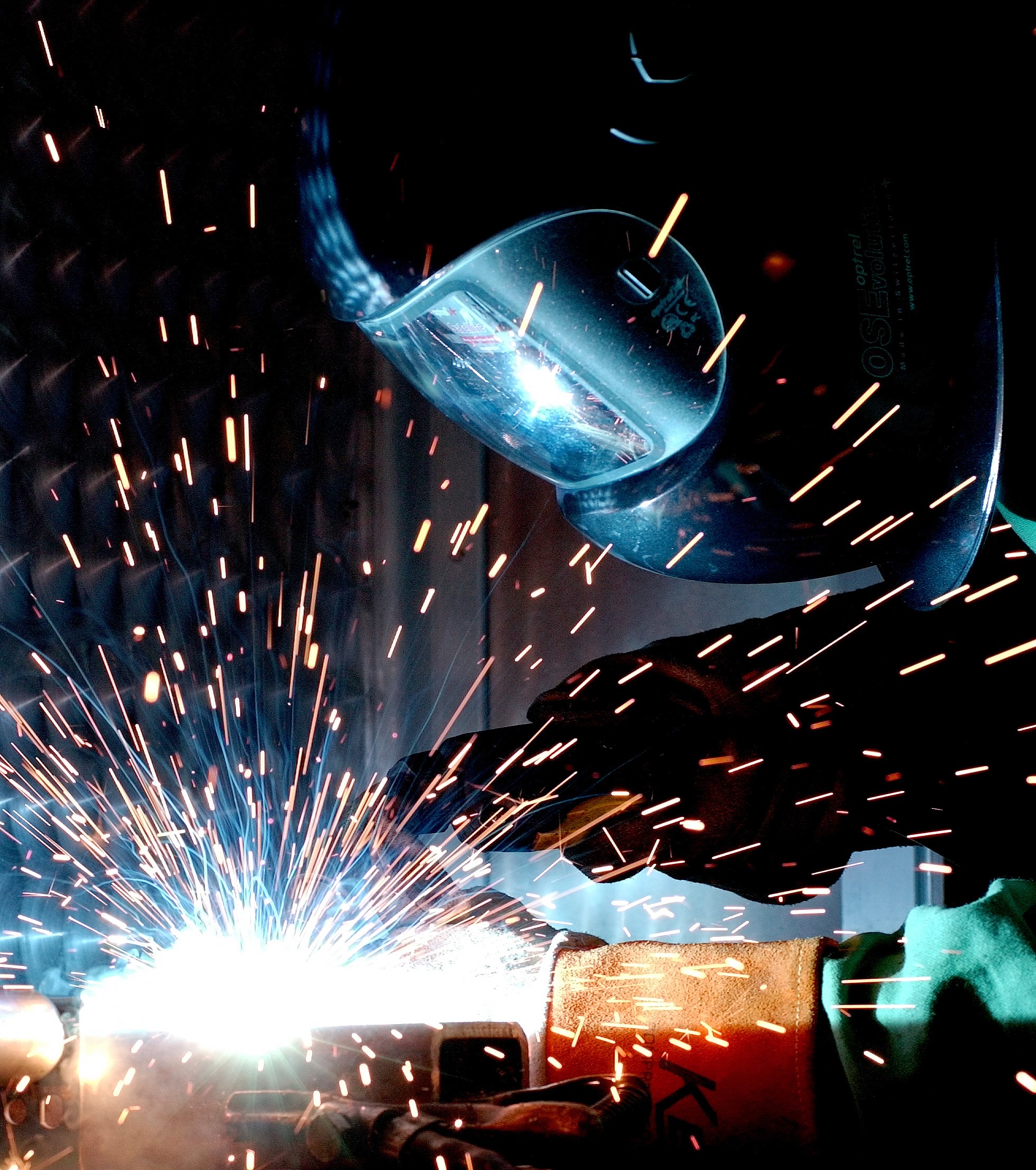Cold Working and Heat Treatment: Temperature Management in Sheet Metal Fabrication+ View more
Cold Working and Heat Treatment: Temperature Management in Sheet Metal Fabrication
+ View more
Date:2024-04-05 16:00
In the realm of sheet metal fabrication, temperature plays a pivotal role that cannot be overstated. It directly affects the material properties, the efficacy of the processing, and ultimately, the quality of the final product. Two key processes related to temperature in this field are cold working and heat treatment. Although divergent in their objectives and applications, both require precise temperature control to ensure optimal processing outcomes.
When we talk about cold working, we are referring to the manipulation of metal below its recrystallization temperature. This encompasses various operations such as cutting, stamping, and bending, which typically do not involve the application of external heat. In the process of cold working, metals undergo plastic deformation leading to work hardening, a phenomenon where the internal crystal structure of the material is distorted and dislocation density increases. While cold working can enhance material strength and hardness, it also tends to make the metal more brittle and less ductile, rendering it susceptible to cracking under further stress.
Managing temperature during cold working primarily means avoiding the influence of any external heat sources. For instance, ensuring a stable environment temperature can prevent extreme conditions that may adversely affect material characteristics. In scenarios like high-speed cutting or deep drawing, employing coolants can help manage the heat generated by friction between tools and materials. Additionally, allowing for intermittent operation with proper rest periods gives the material opportunities to dissipate heat, avoiding unintended softening or warping from temperature rise.
Heat treatment, on the other hand, comprises a series of processes conducted at elevated temperatures, such as annealing, normalizing, and quenching, aiming to improve material performance. Through these processes, it is possible to relieve internal stresses, increase toughness, and reduce hardness to enhance the material’s ductility and malleability. These procedures typically involve heating the material to a specific temperature, maintaining it for a certain period, and then cooling it at a controlled rate, requiring precise management at each step to achieve the desired material properties.
The intricacies of temperature management in heat treatment demand precision-controlled heating devices, an understanding of the material’s thermophysical properties and phase transitions, and selecting the appropriate cooling mediums—water, oil, or air—based on the material type and desired end-properties.
Let's consider a practical example to illustrate the importance of temperature management in sheet metal fabrication: an aerospace components manufacturer facing challenges with high-performance titanium alloy parts. After cold working operations including cutting and forming, the raw materials exhibited microcracking, attributed to stress concentration and material hardening induced by cold working.
To address the issue, engineers decided to introduce a meticulously designed heat treatment process, incorporating a specific annealing step. This step involved uniformly heating the parts to a temperature above their recrystallization point and then slowly cooling them down to reduce internal stress and hardness. The entire process had to be carried out in a precisely controlled furnace to ensure even temperature distribution.
With the implementation of this approach, the newly manufactured parts showed improved ductility and reduced microcracking, meeting the stringent standards of the aerospace industry. This case highlights how proper temperature management in sheet metal fabrication is crucial for effectively controlling material properties and quality, whether during cold working or heat treatment phases.
Share to:
Recommend wonderful blog posts

